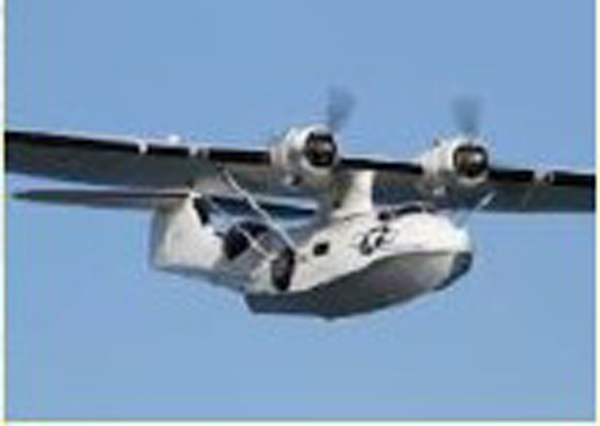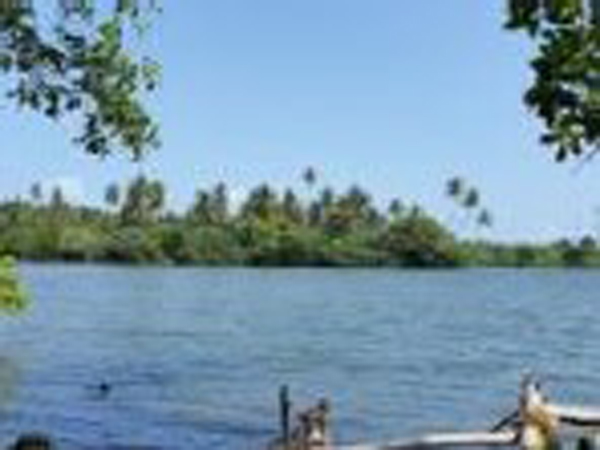Hop step and jump – You are in London – By Chandra Godakandaarachchi
Source: Dæhæna – Monthly e-Newsletter
Qantas made history in 2018 by inaugurating direct flights from Perth to London . Qantas 787-9 Dreamliner takes about 17 hours flying time covering just over 9000 miles thus Qantas achieving third place for the longest flights in the world whilst Singapore Airlines claiming number one spot. Qantas, a couple of months ago, flew from London to Sydney direct with only 52 people including Qantas CEO on board, covering a distance of 17750 km in 19 hours and 19 minutes. Fittingly, it was a significant milestone for the national carrier celebrating 100 years this year with the airline beginning one year long celebrations to mark the occasion. Those on board Qantas Dreamliner witnessed Double Sunrise during the great circle navigation path. It flew over 11 countries yet over six tonnes of fuel was left on board when landed in Sydney.

Qantas was somewhat a domestic airline apart from a flight from Darwin to Singapore prior to WW2. Mail and VIP transport between Australia and UK was cut off consequent to Singapore falling to Japanese in 1942. Both UK and
Australia had to find a way to restore much important mail and VIP passenger transport between the two nations during WW2. The solution was for an air service by British Overseas Airways Corporation (BOAC) to fly from
UK to Karachi and a Catalina flying boat from RAAF Learmonth airport (approximately 1200 km North of Perth) to Trincomalee RAF base. It was considered somewhat a safe route over the Indian Ocean and then a shuttle service between Trinco and Karachi. However Australian sector was changed to fly from Perth to Koggala (landing in Koggala Lake) due to excessive pay load that requires taking off for the long flight (including fuel). The type of aircraft required taking off from smooth waters thus choosing Swan River for the take off. Catalina flying Boat had to be stripped off all gear not essential for the flight to make way for additional fuel tanks to be fitted in fuselage. Qantas at the time had Flying Boat trained pilots who had come across to fly the Catalina Flying Boat.
Flying time was about 30 hours over the Indian Ocean from Swan River to Koggala Lake. Taking off before Sunrise meant those on board would see sunrise a couple of hours upon taking off then another sunrise prior to arrival at Koggala. In fact, the reason for taking off well before Sunrise was to avoid much attention of locals and others to keep the flight somewhat unknown. These flights were the first known Double Sunrise flights; the distance was about 22% longer than the longest commercial flight Montreal to Scotland at the time. Captain Russel Tapp, an experienced flying boat captain, commanded the first Double Sunrise flight on 29 June 1943, ably assisted by Senior First Officer Rex Senior RAAF.

Later in 1945, Qantas employed C-24 Liberators for the service between Australia and Ceylon which could fly the distance in 10 hours less time and with much higher pay load. Double Sunrise Catalina Flying Boat took off for the last time on 17 July1945 after successfully making 271 Indian Ocean crossings with a great service during WW2 post carrying 648 passengers and 18 tonnes of mail in total.
Qantas never looked back, improved its services soon after the war building upon the experience of Double Sunrise flights and extended their services connecting Australia to rest of the world pioneering Pacific Ocean route to Hawaii and San Francisco. National carrier making history this year with centenary celebrations has done an immense service to the country which we all should be proud of. Well done Qantas!!
Chandra Godakandaarachchi
Chandra was a Ship Captain by profession, commanded worldwide trading
ships at the age of 28 years. Was a Marine Pilot in Port of Colombo until
migration to Australia in mid 1990s.








No Comments